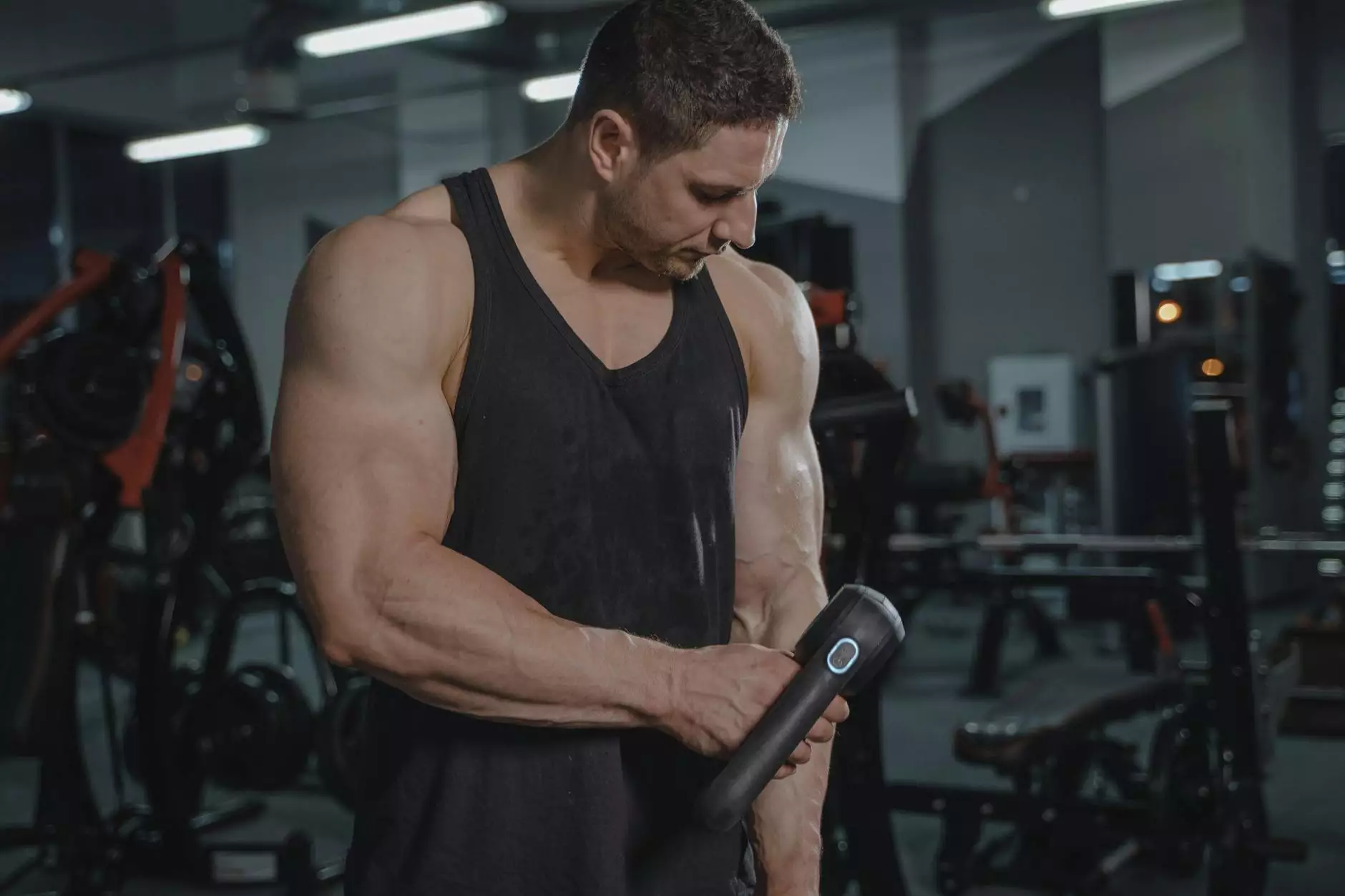The 4 Stages of Frozen Shoulder: Understanding and Navigating the Journey to Recovery

Frozen shoulder, clinically known as adhesive capsulitis, is a condition characterized by stiffness and pain in the shoulder joint. It often progresses through a well-defined trajectory comprising 4 stages of frozen shoulder, each with distinct characteristics and challenges. This comprehensive guide aims to delve deep into these stages, helping you identify each phase and understand the treatment options available.
What is Frozen Shoulder?
Before we dive into the 4 stages of frozen shoulder, it is crucial to grasp a foundational understanding of the condition itself. Frozen shoulder results from the thickening and tightening of the shoulder capsule, which envelops the joint. This process can restrict movement and induce discomfort.
Causes of Frozen Shoulder
While the exact cause of frozen shoulder is not entirely understood, several factors may contribute to its development:
- Aging: Most commonly affects people aged 40 to 60.
- Underlying Medical Conditions: Diabetes, thyroid disorders, and cardiovascular diseases can increase risk.
- Inactivity: Prolonged immobility following an injury or surgery can lead to frozen shoulder.
- Autoimmune Diseases: Conditions that affect the immune system can also contribute.
The 4 Stages of Frozen Shoulder
The progression of frozen shoulder can be classified into 4 distinct stages, each lasting for a varying duration:
1. The Freezing Stage
The first stage, known as the freezing stage, typically lasts anywhere from 6 weeks to 9 months. During this period, individuals experience:
- Gradual Onset of Pain: Pain may develop slowly, initially felt during activities but can progress to constant discomfort.
- Restricted Range of Motion: As the pain worsens, mobility begins to suffer, making daily tasks challenging.
During this stage, it's crucial to manage pain effectively without over-restricting movement, as some activity can prevent further deterioration.
2. The Frozen Stage
Following the freezing stage is the frozen stage, which can last from 4 to 6 months. The hallmark of this stage is:
- Stiffness Without Pain: Pain may decrease, but stiffness becomes more pronounced.
- Significant Loss of Motion: Daily activities such as reaching and lifting become quite difficult.
During this phase, encouraged movement within comfort limits plays a pivotal role in maintenance and future recovery.
3. The Thawing Stage
Next is the thawing stage, which can extend from 6 months up to 2 years. The body begins to heal and regain range of motion. Indicators of this stage include:
- Gradual Return of Mobility: Individuals notice improvements in shoulder movement and comfort.
- Continued Improvement in Pain Levels: Pain continues to lessen, contributing to improved functionality.
Strategies involving physical therapy and targeted exercises are particularly beneficial during this phase.
4. The Recovery Stage
The final stage, referred to as the recovery stage, can take from a few months to several years, depending on individual conditions. Key features include:
- Full Restoration of Movement: Most individuals achieve normal motion levels, although some may retain minor limitations.
- Continuous Recovery: Strengthening of shoulder muscles occurs as activity levels increase.
Engaging with exercises and therapies can help solidify these gains, preventing further stiffness and pain.
Symptoms of Each Stage
Recognizing the symptoms associated with the 4 stages of frozen shoulder can facilitate early intervention:
Freezing Stage Symptoms
Symptoms during the freezing stage include:
- Pain with certain movements.
- Increased discomfort at night.
- Difficulty performing overhead tasks.
Frozen Stage Symptoms
During the frozen stage, the focus shifts more toward:
- Stiffness resulting in an inability to perform basic tasks.
- Mild pain that may occur with movement.
- Increased frustration due to limited mobility.
Thawing Stage Symptoms
Symptoms experienced in this stage can include:
- Less pain with a gradual resumption of movement.
- Increased ease when performing daily tasks.
- Enhancement in coordination with the shoulder joint.
Recovery Stage Symptoms
In the recovery stage, symptoms typically improve to the point of:
- Normal function and strength in most cases.
- Occasional discomfort after strenuous activity.
- Realization of latent mobility limitations in some individuals.
Treatment Options for Frozen Shoulder
A variety of treatment methods exist to address the 4 stages of frozen shoulder. Here’s a closer look:
1. Physical Therapy
Physical therapy remains one of the most effective methods for treating frozen shoulder. It often involves:
- Stretching exercises to improve range of motion.
- Strength training to enhance overall shoulder support.
- Manual therapy techniques to alleviate tension.
2. Medications
Over-the-counter pain relievers such as ibuprofen or acetaminophen can help manage discomfort during the freezing stage. Anti-inflammatory medications may also be recommended by healthcare providers in more severe cases.
3. Corticosteroid Injections
If pain and inflammation persist, corticosteroid injections can provide significant relief by addressing inflammation directly in the shoulder joint.
4. Surgical Options
While most individuals recover without surgery, those experiencing severe, prolonged symptoms may consider surgical intervention. Techniques like arthroscopic capsular release allow physicians to restore movement by loosening the shoulder capsule.
Self-Care Strategies
In addition to professional treatments, self-care plays an instrumental role in managing the 4 stages of frozen shoulder. Here are some useful strategies:
Application of Heat or Cold
Applying heat can help with stiffness while cold packs can alleviate pain. Experimenting with both methods may help you find the ideal personal strategy.
Regular, Gentle Exercise
Engaging in gentle range-of-motion exercises daily can prevent the shoulder from becoming more restricted. It is essential to listen to your body and adapt accordingly.
Mindfulness and Relaxation Techniques
Stress can exacerbate any physical condition, including frozen shoulder. Incorporating mindfulness, meditation, or yoga can reduce stress levels, contributing to better pain management.
Conclusion
Understanding the 4 stages of frozen shoulder empowers individuals to take proactive steps toward recovery. By identifying each phase and employing appropriate treatment strategies, individuals can enhance their quality of life and regain functional mobility. If you're experiencing symptoms of frozen shoulder, don’t hesitate to seek professional guidance. Early intervention leads to more favorable outcomes, facilitating a smoother journey through these stages.
At IAOM-US, we offer comprehensive resources for individuals seeking to understand and manage their health more effectively. For personalized recommendations and therapeutic information, consider reaching out to our experts today.









